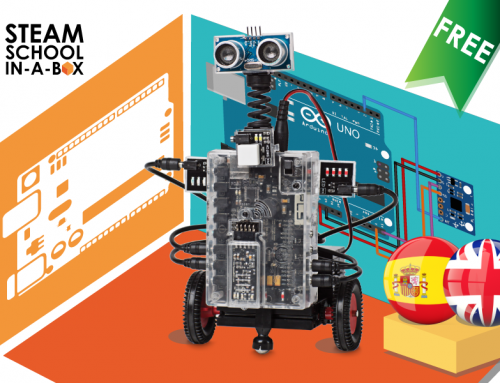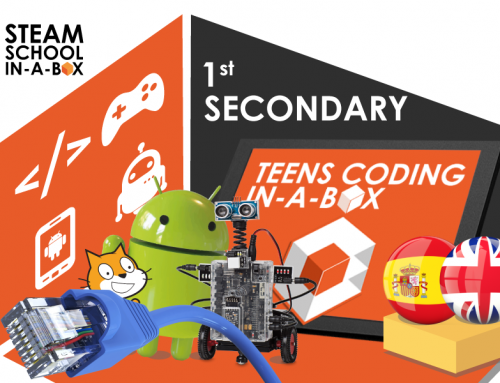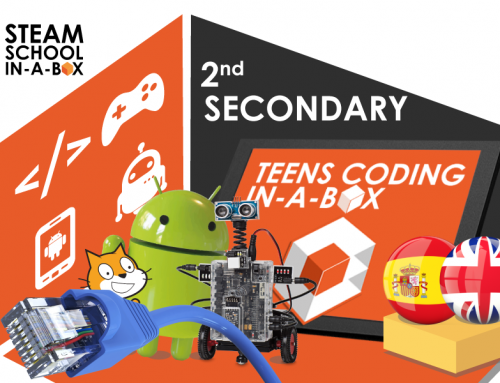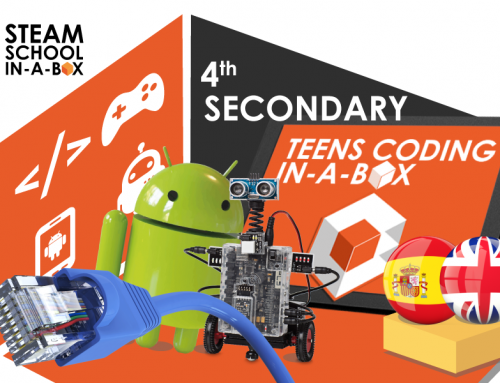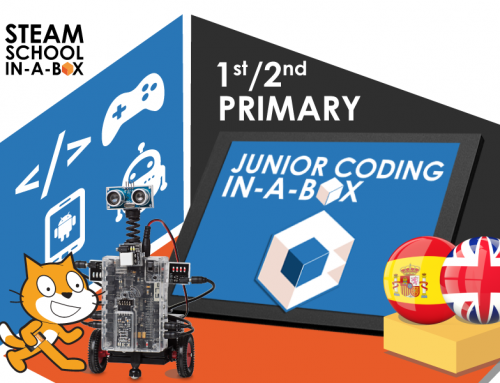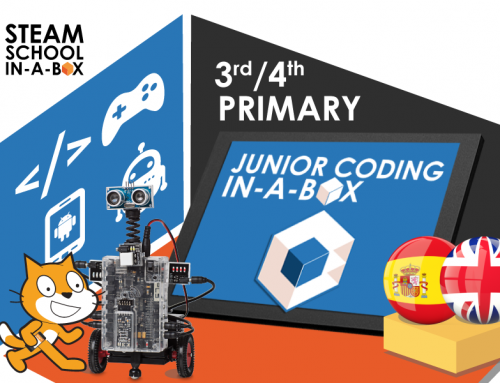Project Description
3rd SECONDARY: TECHNOLOGY, PROGRAMMING AND ROBOTICS
CONTENT: Premium
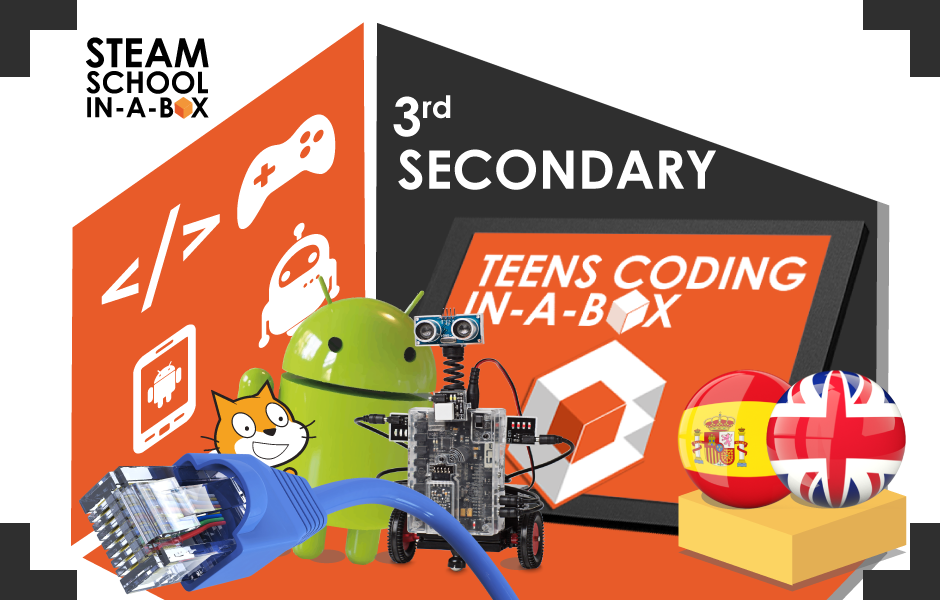
SCHOOL STAGE: 3rd Secondary
LANGUAGES:
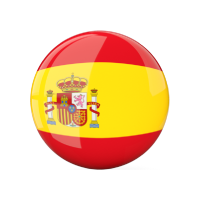

ESTIMATED TEACHING HOURS: 65
TECHNOLOGIES:
App Inventor, Domotics (Cisco Packet Tracer), Tinkercad, Arduino.
CURRICULAR AND KEY COMPETENCES:
BOCM: DECRETO 48/2015
![]() ACCREDITATIONS / TECHNOLOGICAL YOUTH PASSPORT:
ACCREDITATIONS / TECHNOLOGICAL YOUTH PASSPORT:
The contents of this course art part of the TECHNOLOGICAL YOUTH PASSPORT qualifications of Video Games Programmer, Apps Developer, Maker Engineering and Internet of Things Architect.
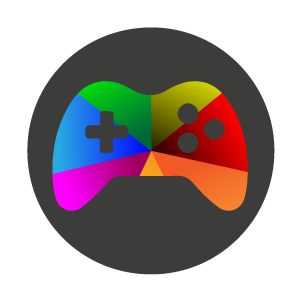
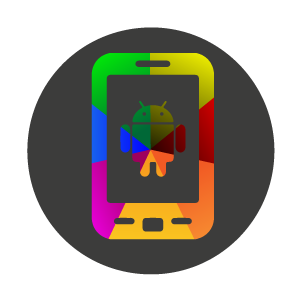
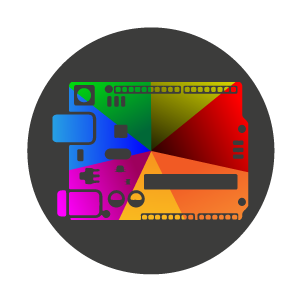
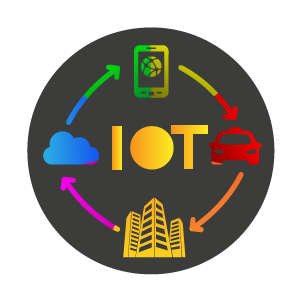
DESCRIPTION
The students will work the contents of the Official Bulletin of the subject of Technology, Programming and Robotics of the 3rd level of SECONDARY SCHOOL
The projects that will do are:
- A game with which they will learn to program mobile applications
- A chat application in which they can send and receive messages between two Android devices
- Modeling and 3D printing of a set of pieces for the classic chinese puzzle Tangram
- An Arduino Maker project in which they will build a speed ramp.
- Through the Cisco Packet Tracer Network Simulator they will elaborate a simulation of a home automation.
Classes and learning are much more fun and effective, using active pedagogy with challenges, learning by discovery, teamwork and learning by doing.
CURRICULAR COMPETENCES
- Mobile Application Programming:
- Describes the design process of a mobile application and the main phases of its development
- It precisely uses the different tools of the development environment
- It distinguishes the different types of data and their forms of presentation and storage
- It classifies the available objects, their methods and events
- It identifies the possibilities of interaction with the sensors of a mobile terminal
- It recognizes and evaluates the implications of “design for all” for the programs it performs
- Develops computer applications for execution on mobile devices using different sensors and interface elements
- Describes the characteristics and publication rules of different platforms for publishing mobile applications
- Home automation:
- Knows and describes the concept of Internet of Things (IoT)
- Knows and manages domain names, IP addresses and MAC addresses
- Networking:
- Knows and handles the switching elements: Switches, Routers
- Knows and describes Servers, clients: exchanges of messages in the network
- Meet and analyse Local Area Networks
- Knows and analyses wireless data transmission systems
- Design and 3D Printing:
- It accurately describes the operation of a 3D printing system
- List the basic characteristics of the materials used for 3D printing and select the appropriate one
- It uses appropriate design programs for the representation and documentation of the pieces of the prototypes it produces
- Queries databases of designs available on the Internet
- Design and make the printing of the necessary parts for a simple assembly
- Design and print prototypes made using 3D printing systems
- Represents through views and perspectives objects and technical systems, by sketching and employing standard criteria of dimension and scale
- Interprets sketches and sketches as information elements of technological products
- Robotics:
- Classifies the basic elements of a continuous electrical circuit: generators, resistors, switches, light bulbs
- Knows and describes fixed resistors
- Knows, describes and manages LEDs as light emitters
- It correctly identifies the layout of different electronic components
- It compares different types of memory (volatile and non-volatile) and storage systems (magnetic, solid state, optical)
- It describes the voltage levels and current magnitudes typical of an electronic circuit
- It distinguishes the basic architecture of a microprocessor and its constituent blocks
- Locates information about the characteristics of an electronic component
- Knows and describes open loop control systems
- Knows and describes closed loop control systems
- Handles basic concepts of Introduction to Feedback
- It identifies the basic characteristics of the motors and actuators
- Knows, describes and manages Servomotors and servomechanisms
- Knows and describes variable resistors
- Point out the differences between continuous time and discrete time
- Describe the effect of the sampling frequency on the result
- Determine the basics of digital quantification
- Describe the concept of resolution
- Knows and describes light, infrared and ultraviolet radiation
- Knows the concept of the infrared spectrum
- Knows and describes types of diodes and transistors as light detectors (photo detectors)
- Development of a technological project:
- Make text documents for reports, spreadsheets for budgets
- Prepare technical documents, appropriate to the level of the processes undertaken and to the maturity thereof, starting with respect to standardization
- Performs searches for relevant information on the Internet
- Use presentation software for individual use exposure or for publication as collaborative network documents
- It analyses the objects and technical systems to explain their operation, distinguish their elements and the functions they perform
- It lists the main phases of the technological project and adequately plans its development
- Use project management tools (for example, Gantt representations, critical path diagrams, or PERT-type graphics) to organize your project
- It projects with autonomy and creativity, individually and in group, technological problems working in an orderly and methodical way from the phase of analysis of the problem to the evaluation of the operation of the manufactured prototype including its documentation
- It acts in a dialogic and responsible way in the team work, during all the phases of the technical project development
- Collaborate with your colleagues to reach the final solution
- It discusses, reasons and discusses its proposals and those presented by others
- He is responsible for his part of work and total work
- Adopts attitudes favourable to the resolution of technical problems developing interest and curiosity towards the technological activity
- Knows and manages publishing tools such as blogs
- Meet and manage collaboration tools such as wikis
- Knows and manages micro-publishing tools and services like Twitter
- Knows and manages storage and document sharing tools like Google Drive, Dropbox, etc
- Knows and manages content publishing tools such as SlideShare
- Knows and manages tools of publication, edition and sharing of photographs and graphic resources like Flickr, Picasa, etc
TECHNOLOGICAL AIMS
- Mobile Application Programming:
- Know the interface of App Inventor
- Learn the design interface
- Understand the programming interface
- Know the common properties of the components
- Load the project into the emulator or physical device
- Use static UI components
- Learn interoperable UI components
- Learn the operation and use of canvas and Image Sprite
- Learn to use provisions
- Work with mathematical operators
- Learn how to use global variables
- Learn to call procedures
- Know user interface components with Pop Up
- Electronics and Robotics:
- Know the interface of Arduino and its components
- Understand how block programming works with Ardublock
- Differentiate electronic devices: actuators, sensors and others
- Differentiate the fundamental magnitudes of electronics and their relationship. Ohm’s law
- Learn the concept of variable and its types
- Work with the serial console. Show data
- Understand the configuration of a breadboard
- Understand digital inputs. Button
- Understand the conversion of the digital signal as pseudo-analog
- Working with conditionals
- Use different types of operators
- Understanding and controlling servos
- Understand the operation and uses of an Infrared sensor
- Fixed resistors
- LED as light emitter
- Identify correctly the layout of different electronic components
- Interpret the meaning and calculate the magnitudes that explain the operation of these circuits: voltage, current, electrical resistance, power and energy
- Calculate the power and energy consumed by a circuit and relate it to the power system used
- Calculate current, power and energy consumption values


